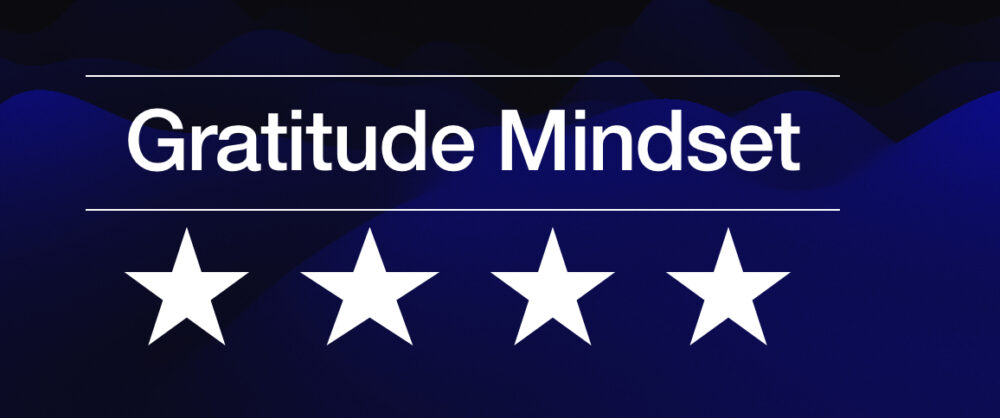Green Tea Benefits
1. Helps Protect Heart Health
A great deal of evidence from randomized controlled trials suggests that consumption of flavan-3-ols and anthocyanidin antioxidants, the types found in green tea, is beneficial for metabolic and cardiovascular health. When it comes to preventing many of the risk factors for heart disease, such as having high blood pressure or cholesterol levels, some evidence shows that green tea contains 10 beta-blocking compounds, seven calcium channel blockers and 16 diuretic compounds. It also has more ACE-inhibiting properties than many other plant foods that are commonly consumed, which helps increase the amount of blood your heart pumps and lowers blood pressure.
2. May Help Prevent Alzheimer’s or Memory Loss
In 2004, scientists at the University of Newcastle studied the effects of black and green tea on Alzheimer’s disease. In laboratory studies, both teas prevented the breakdown of acetylcholine, the neurotransmitter strongly linked with memory. The teas also inhibited enzymes known as BuChE and beta-secretase. These enzymes are found in protein deposits found in the brain of Alzheimer’s patients.
Japanese researchers published a study on green tea and its effect on the beta-amyloid protein plaques found in Alzheimer’s disease in the Journal of Nutritional Biochemistry. The protein plaques associated with Alzheimer’s disease increase brain cell damage and death due to oxidative stress. The researchers found that green tea catechins reduced the level of damaging free radicals in the brains of rats. The green tea rodents showed much less plaque-induced deficits in memory compared to rodents that didn’t receive green tea and those that were infused with beta-amyloid proteins.
Scientists have also discovered that the antioxidants flavonoids may also protect the brain from oxidative stress. The scientists extrapolated that a human would need to drink about three liters of liquid infused with 0.5 percent of the catechins to get similar effects. However, because humans ingest other antioxidants in the form of vitamins and plant polyphenols, it’s likely that a much lower quantity could be effective in protecting memory. (Ginger tea has also been found to help protect brain health.)
3. Helps Protect Brain Cells From Free Radical Damage
Salk Institute researchers found that the flavonoid epicatechin, found in blueberries, cocoa, grapes and tea, improved memory ability in mice. The researchers found that epicatechin seemed to promote blood vessel growth in the brain.
King’s College researchers found that epicatechin may protect brain cells through mechanisms unrelated to its antioxidant ability, as epicatechin is one of the few flavonoids that can cross the blood-brain barrier. The King’s College researchers reported that somehow epicatechin protects brain cells from the negative effects of beta-amyloid plaques, although the exact mechanism of how this works is still not entirely know.
4. May Help Prevent Diabetes or Insulin Resistance
Certain studies indicate that intake of flavan-3-ols and/or anthocyanidins found in green tea may improve glycemic control and help normalize blood sugar levels. Due to its anti-inflammatory properties, green tea is believed to be beneficial for those who are at-risk or diagnosed with type 2 diabetes. Green tea’s catechins, especially EGCG, appear to have anti-obesity and antidiabetic effects.
5. Promotes Bone Health
University of Hong Kong researchers published a study in the Journal of Agricultural and Food Chemistry concerning green tea and bone health. When the bone cells of rats were exposed to green tea catechins, EGC in particular stimulated an enzyme that promotes bone growth by 79 percent. The catechins also increased bone mineralization and weakened the activity of cells that reabsorb bone rather than form it.
6. Prevents Eye Disease and Protects Vision
One study that was published in the the Journal of Agricultural and Food Chemistry investigatedthe effects of catechins on eye diseases and found that consuming more catechins may help protect the eyes from oxidative damage and vision loss.
Scientists involved in the study found evidence that catechins can pass from the digestive tract of rodents to the tissues of their eyes and reduce oxidative stress for up to 20 hours after ingestion.
7. May Reduce Your Appetite
Does green tea really burn fat, and will drinking green tea help you lose more weight? According to some research findings, consuming antioxidants found in green tea, especially catechins and the compound called EGCG, may promote metabolic health and modestly prevent weight gain. When 11 studies and articles were included in one 2009 meta-analysis that was published in the International Journal of Obesity, researchers found that “catechins or an epigallocatechin gallate (EGCG)-caffeine mixture have a small positive effect on weight loss and weight maintenance.”
Overall, EGCG’s effects remain somewhat controversial; some studies have found only modest effects on metabolism, while others have found that consuming more EGCG alone without other lifestyle changes does not do anything significant to improve body weight.
Source: https://draxe.com/nutrition/benefits-of-green-tea/
Like this:
Like Loading...
